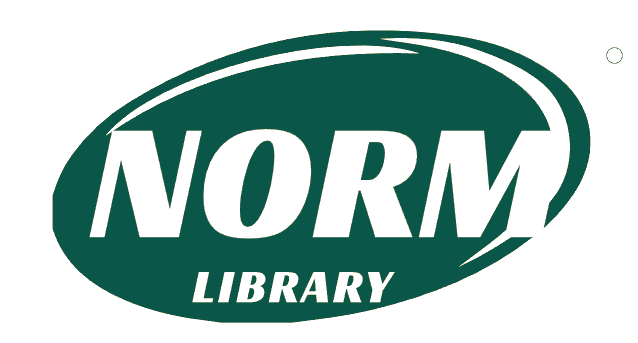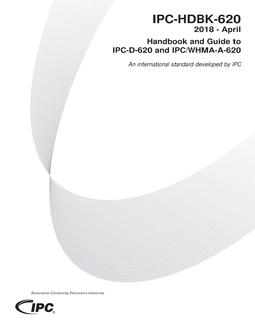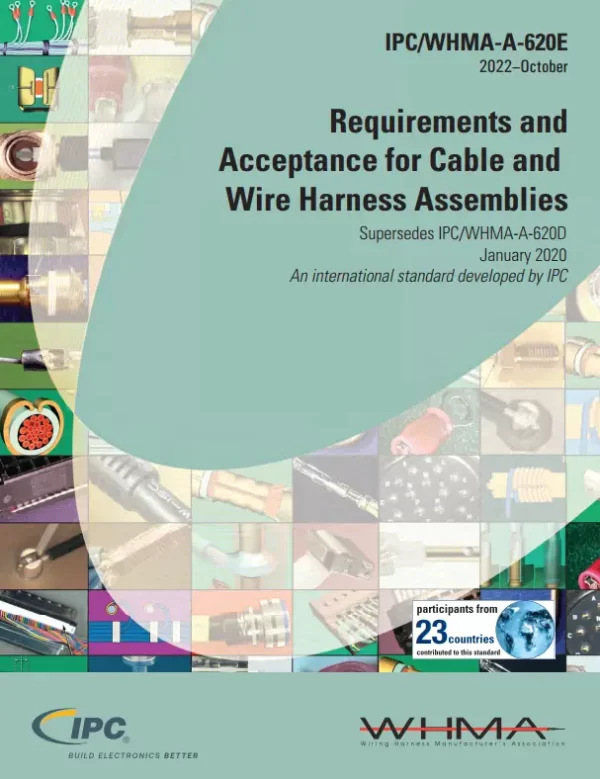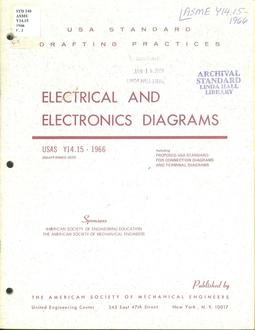
ASTM E582-07
Original price was: $60.00.$36.00Current price is: $36.00.
Standard Test Method for Minimum Ignition Energy and Quenching Distance in Gaseous Mixtures
standard by ASTM International, 01/01/2007
1.1 This test method covers the determination of minimum energy for ignition (initiation of deflagration) and associated flat-plate ignition quenching distances. The complete description is specific to alkane or alkene fuels admixed with air at normal ambient temperature and pressure. This method is applicable to mixtures of the specified fuels with air, varying from the most easily ignitable mixture to mixtures near to the limit-of-flammability compositions.
1.2 Extensions to other fuel-oxidizer combinations, and to other temperatures and pressures can be accomplished with all the accuracy inherent in this method if certain additional conditions are met: ( a) mixture stability and compatibility with bomb, seal, and other materials is established through time tests described in Section ; (b) the expected peak pressure from the test is within the pressure rating of the bomb (established as required by the particular research laboratory); (c) spark breakdown within the bomb is consistent with Paschen’s law for the distance being tested; (d) the temperature, including that of the discharge electrodes, is uniform; and (e) if the temperature is other than ambient, the energy storage capacitance required is less than about 9 pF.
1.3 This method is one of several being developed by Committee E-27 for determining the hazards of chemicals, including their vapors in air or other oxidant atmospheres. The measurements are useful in assessing fuel ignitability hazards due to static or other electrical sparks. However, the quenching distance data must be used with great prudence since they are primarily applicable to the ignition stage and therefore, represent values for initial pressure and not the smaller values existing at higher pressures.
1.4 This standard should be used to measure and describe the properties of materials, products, or assemblies in response to heat and flame under controlled laboratory conditions and should not be used to describe or appraise the fire hazard or fire risk of materials, products, or assemblies under actual fire conditions. However, results of this test may be used as elements of a fire risk assessment which takes into account all of the factors which are pertinent to an assessment of the fire hazard of a particular end use
This standard does not purport to address all of the safety concerns, if any, associated with its use. It is the responsibility of the user of this standard to establish appropriate safety and health practices and determine the applicability of regulatory limitations prior to use.
Product Details
- Published:
- 01/01/2007
- Number of Pages:
- 6
- File Size:
- 1 file , 130 KB
- Redline File Size:
- 2 files , 250 KB
- Note:
- This product is unavailable in Russia, Ukraine, Belarus




